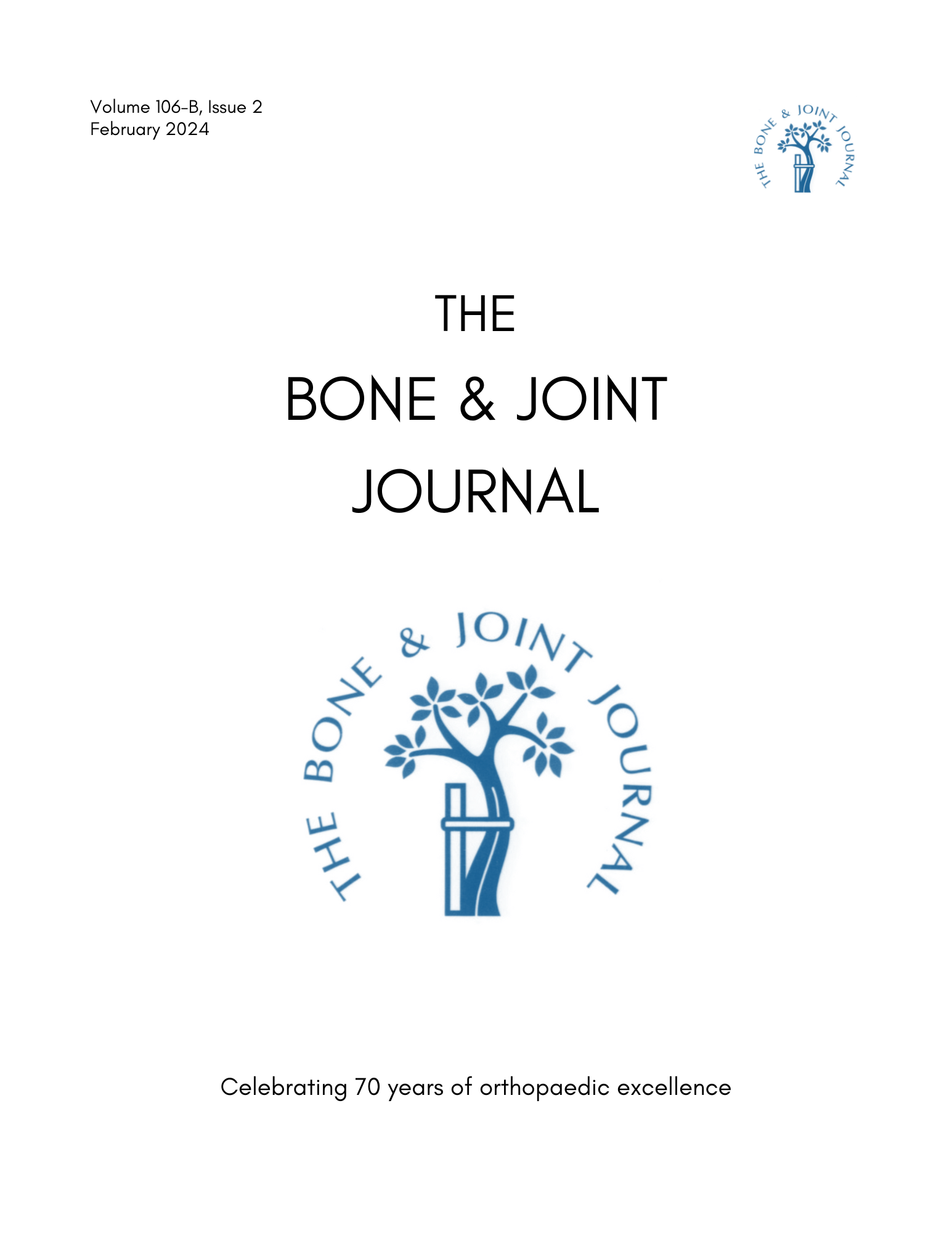
Comparing function between HTO approaches for patients with medial compartment knee osteoarthritis

Comparing function between HTO approaches for patients with medial compartment knee osteoarthritis
No difference in time-dependent improvement in functional outcome following closing wedge versus opening wedge high tibial osteotomy: a randomised controlled trial with two-year follow-up
Bone Joint J. 2017 Sep;99-B(9):1157-1166Did you know you're eligible to earn 0.5 CME credits for reading this report? Click Here
Synopsis
70 patients scheduled for high tibial osteotomy for medial compartment knee osteoarthritis and varus deformity were randomized to either the opening wedge technique or closing wedge technique for surgery. Patients were assessed primarly for function outcome measures at 3, 6, 12, and 24 months. Results demonstrated no significant differences between groups in either the primary functional measure o...
To view the full content, login to your account,
or start your 30-day FREE Trial today.
FREE TRIAL
LOGIN
Forgot Password?
Explore some of our unlocked ACE Reports below!

Learn about our AI Driven
High Impact Search Feature
Our AI driven High Impact metric calculates the impact an article will have by considering both the publishing journal and the content of the article itself. Built using the latest advances in natural language processing, OE High Impact predicts an article’s future number of citations better than impact factor alone.
Continue



 LOGIN
LOGIN

Join the Conversation
Please Login or Join to leave comments.